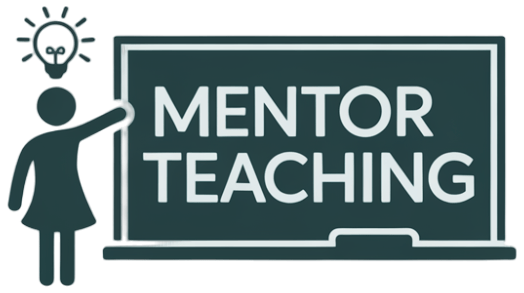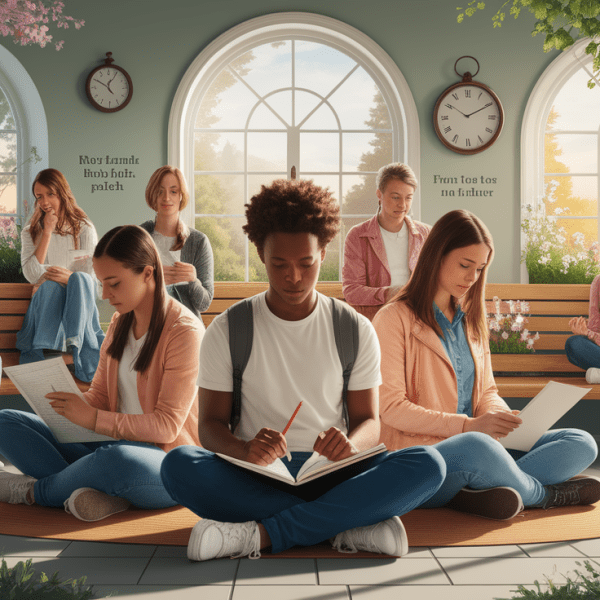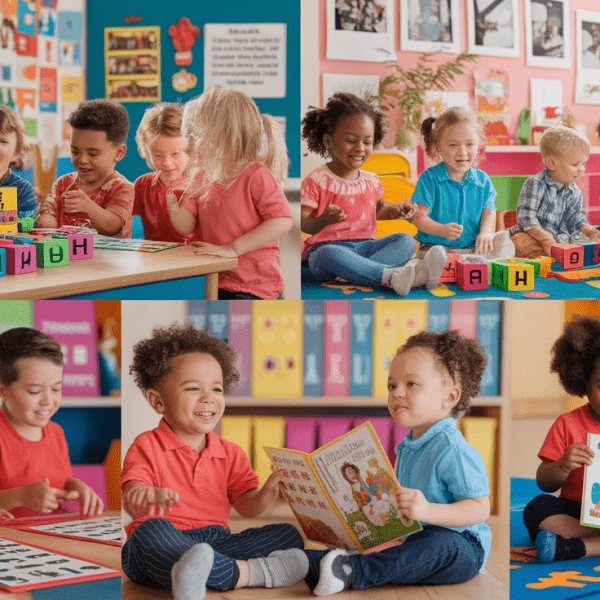Cycle Unlocked: Peer Observation Feedback in a Nutshell
Think of the peer observation feedback cycle as a friendly mirror you hold up to your teaching—one that helps you see not just what’s already shining, but also what could sparkle even more. At its core, it’s a professional development process where educators observe one another’s lessons, exchange thoughts, and reflect together. It’s described beautifully in resources like this Harvard overview of peer observation and teacher reflection, which emphasizes that the aim isn’t judgment—it’s growth.

The process moves through structured phases—teacher self-reflection, pre-observation chats, the observation itself, and a post-observation feedback meeting. As the Cambridge Community guide to peer observation notes, this non-evaluative approach builds a supportive culture for continuous improvement, encouraging reflective practice and sharing of pedagogical practices.
Step-by-Step Guide to Running the Cycle
Ready to get practical? Here’s how to implement the peer-to-peer teacher observation process smoothly, based on the structured phases highlighted by Oregon State’s peer observation guide:
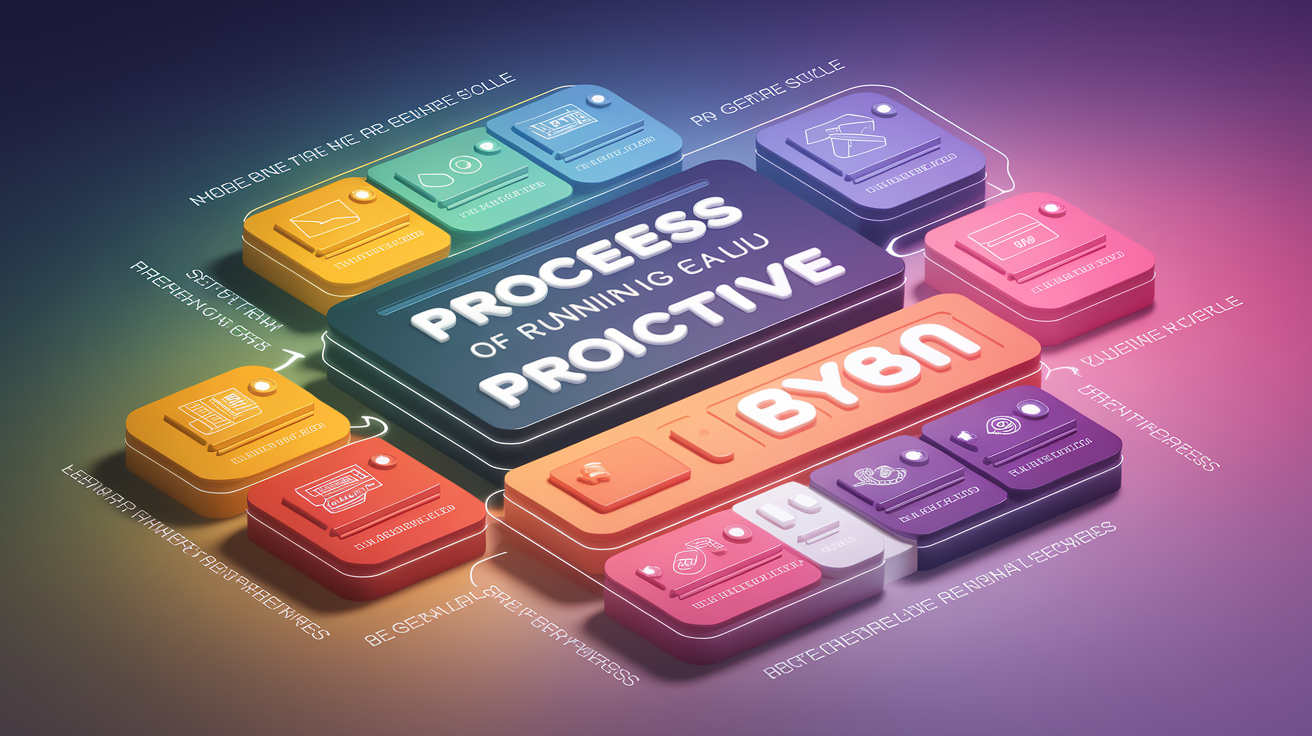
- Teacher Self-Reflection: Assess your own teaching strategies and identify topics or instructional methods you’d like feedback on. This could be related to student engagement, lesson planning, or classroom management.
- Pre-Observation Meeting: Meet with your observer to clarify goals, focus areas, and observation protocols. Be specific—agree on exactly what the observer should be looking for.
- Observation: The observer watches your lesson, paying attention to agreed targets. They may use observation rubrics or feedback forms to capture notes.
- Post-Observation Feedback: Both teacher and observer reflect on the lesson. Share observations, discuss successes, identify opportunities for teaching improvement, and set future actions.
- Cycle Continuation: Use the insights gained to refine your approach—and prepare for the next round. Continuous improvement is the name of the game.
Best Practices for Effective Feedback
The feedback stage is the beating heart of the cycle. According to Teacher Magazine’s guide on giving and receiving feedback, feedback works best when it is:
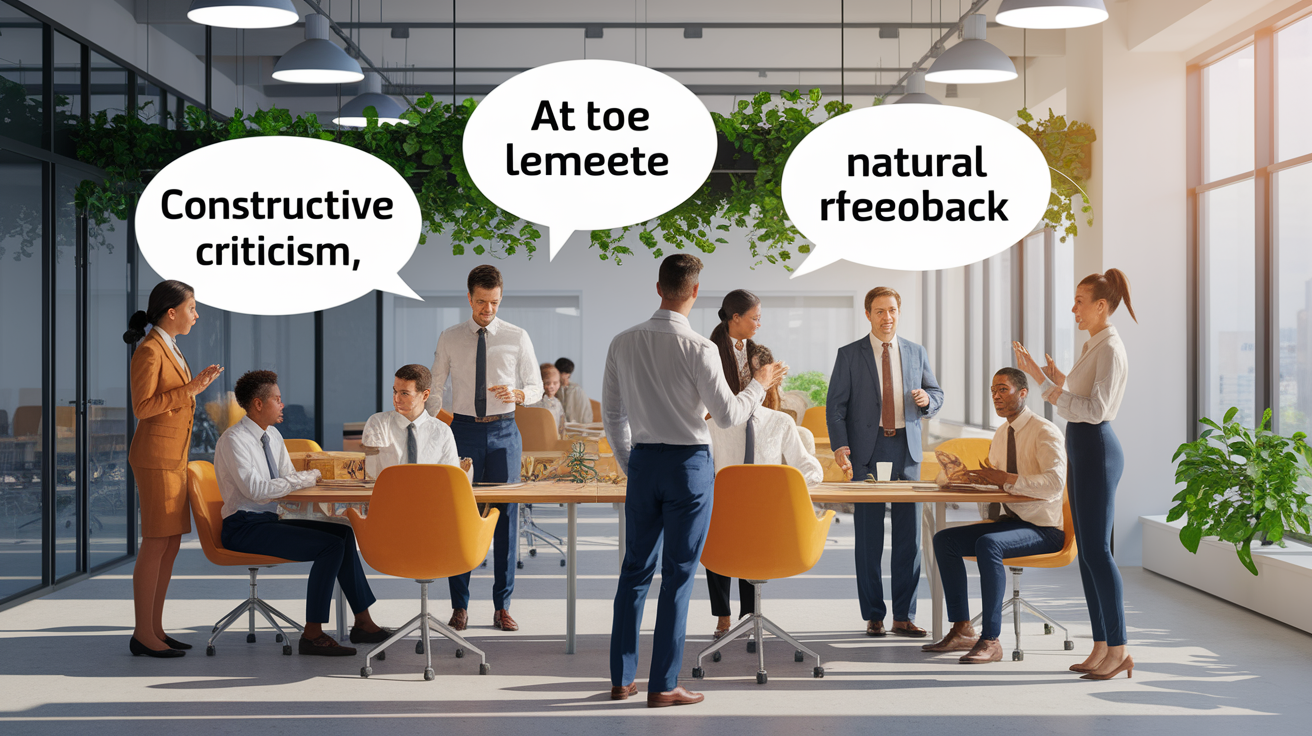
- Timely: Share observations while the lesson is still fresh.
- Specific and Descriptive: Focus on observable behaviours that impact student learning.
- Collaborative: Encourage open dialogue, with both parties contributing equally.
- Constructive: Highlight strengths as well as areas for growth without slipping into judgmental tone.
Think of this as instructional coaching in miniature—targeted, respectful, and forward-focused. A UIC guide to peer feedback reminds us that the quality of interaction here can make or break the process. Well-delivered performance feedback builds trust and cements the value of the cycle.
Troubleshooting Common Hurdles
Even in the friendliest schools, the peer observation feedback cycle can hit bumps. Drawing on insights from Cambridge Community’s discussion of challenges, here are typical issues and possible fixes:

- Discomfort with Observation: Normalize the process by highlighting its non-evaluative nature and focusing on mutual benefit rather than teacher evaluation.
- Power Dynamics: Use collaborative or developmental models rather than top-down evaluation to preserve teacher autonomy.
- Lack of Training: Provide workshops on observation protocols, constructive feedback delivery, and respectful dialogue.
- Poorly Conducted Feedback: Use structured feedback forms templates and keep discussions anchored to agreed learning goals.
Full Circle: Embedding the Peer Observation Feedback Cycle
Once you’ve smoothed out the process, the next challenge is making it a natural, sustained part of your school’s professional learning community. As Harvard’s fellowship reflections suggest, embedding means:
- Setting regular cycles—perhaps once per term—to promote ongoing teacher growth.
- Building clear protocols, from observation data capture to scheduling.
- Recognizing and celebrating shared wins, so teachers see tangible impact on educational quality.
- Encouraging cross-department teacher collaboration for diverse perspectives.
When the cycle is woven into your school’s culture, it becomes more than just a professional development tool—it’s a natural rhythm of collaborative learning and continuous improvement. And isn’t that the kind of environment every educator wants to help grow?
